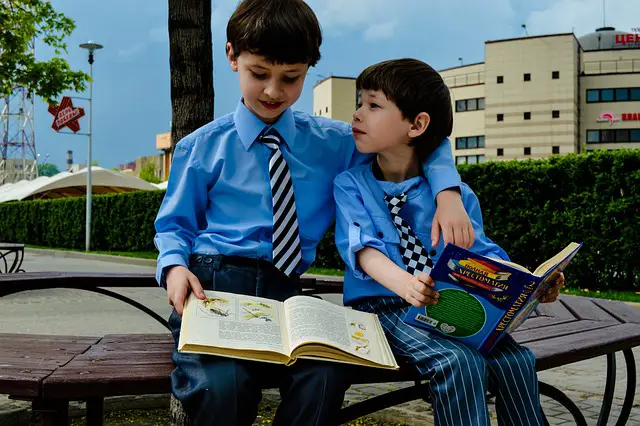Navigating the Waters of Family Guidance: How to Efficiently Thrive and Raise Kids After Divorce



Divorce is a challenging life transition that profoundly impacts families, particularly when children are involved. Successfully navigating the post-divorce landscape requires strategic family guidance. In this article, we will explore key strategies for co-parenting and supporting children after divorce, illustrated with a helpful table providing examples for each aspect.
Page Contents
| Strategy | Description | Example |
|---|---|---|
| Open Communication | Establish a healthy channel for parents to discuss important matters related to their children. Regular communication prevents misunderstandings and promotes effective co-parenting. | Set up a bi-weekly check-in meeting to discuss children’s schedules, school events, and any concerns or issues that may arise. |
| Co-Parenting | Commit to active participation in your children’s lives despite the separation. Develop a parenting plan that outlines responsibilities and ensures consistency between both households. | Create a shared online calendar for scheduling visitations, school events, and extracurricular activities, promoting a unified approach to parenting. |
| Emotional Support | Acknowledge and address the emotional needs of children during and after the divorce. Encourage open communication, express love, and provide reassurance to help them navigate their feelings. | Implement a weekly “family check-in” where each member can share their highs and lows of the week, creating a safe space for emotional expression. |
| Establishing Routine | Create a structured environment by maintaining consistent daily routines for meals, bedtime, and other activities. Stability in routine helps children feel secure amid the changes in their family. | Develop a visual weekly schedule for the children, outlining which days they’ll spend with each parent and maintaining consistent routines in both households. |
| Seeking Professional Support | Recognize the value of professional guidance. Therapists, counselors, or support groups can provide coping strategies and emotional support for both parents and children. | Enroll in a family counseling program where everyone can express their feelings, and parents can gain additional tools for effective co-parenting and communication. |
| Fostering Positive Relationships | Encourage positive relationships between children and both extended families. Expand the support network beyond the nuclear family to include grandparents, aunts, uncles, and cousins. | Plan joint family gatherings or outings like the earthing and grounding approach with the beach or at the park, involving both sides of the family to maintain a sense of connection and support for the children. |
Conclusion
Successfully navigating the post-divorce journey requires a multifaceted approach that includes open communication, effective co-parenting, emotional support, routine, professional guidance, family bonding like earthing an grounding approach with nature at the beach or at the park, Dgroup, and building positive relationships. The accompanying table provides practical approach and examples for implementing each strategy, emphasizing the importance of creating a nurturing environment where children can thrive despite the challenges of a family divorce.







